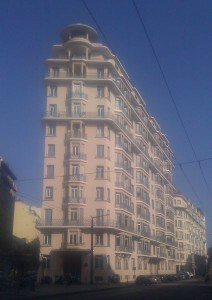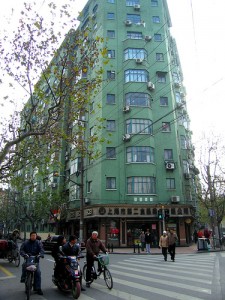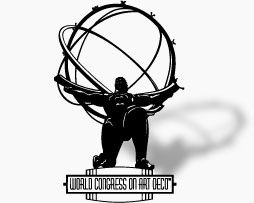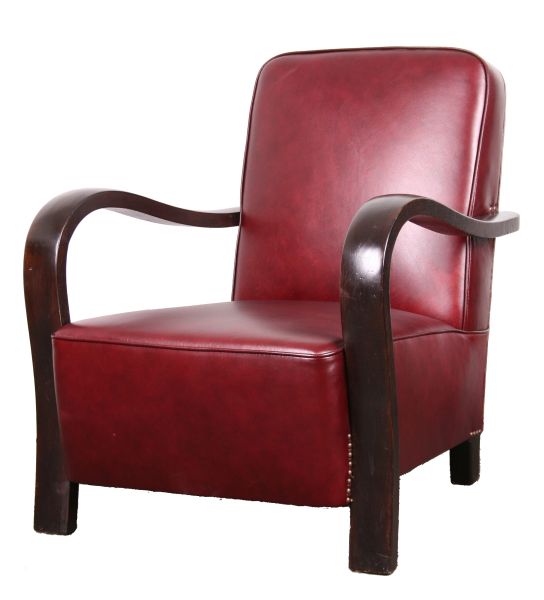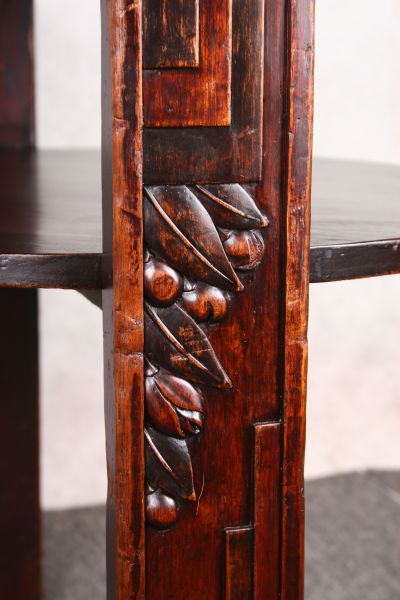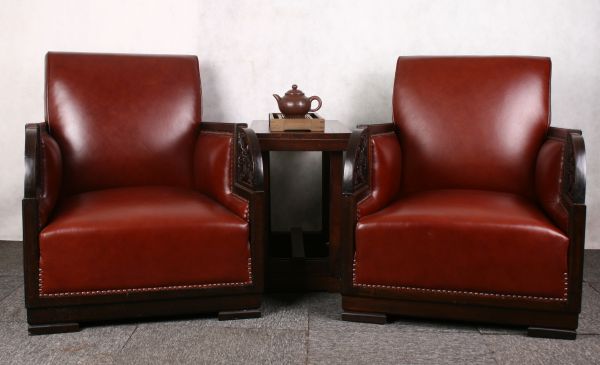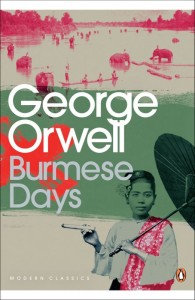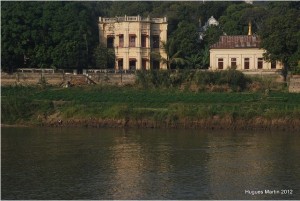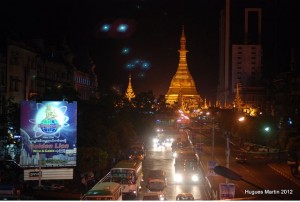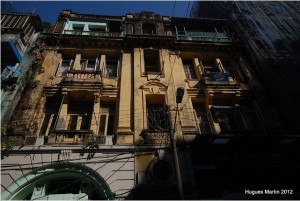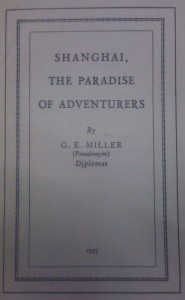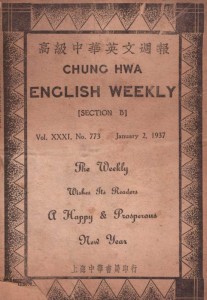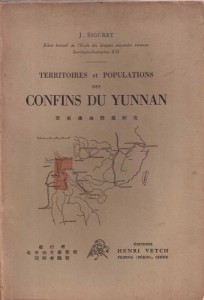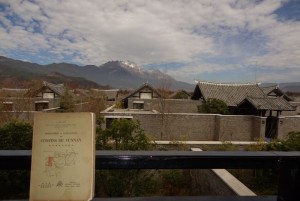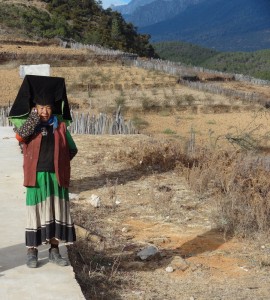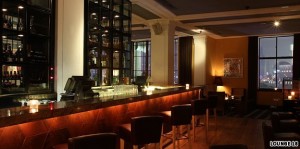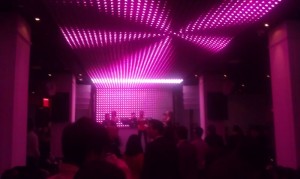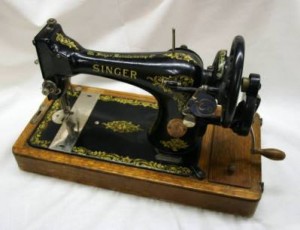Although I knew very little about Art Deco before coming to Shanghai, I have developed a strong taste for it while living in the city. The style varies from one country to another, but Art Deco is very recognizable (together with its follower streamline design). Old Shanghai was a modern city in touch with the leading world fashion of the time, so Shanghai Art Deco buildings echo others built in the same period.
During my last trip to Europe, I had spent some time in Lyon, ending by chance in one of the districts with Art Deco buildings, including the one on the picture left. The triangular shape reminds me a lot of the Sassoon House (home of the Cathay Hotel, today Fermont Peace Hotel), but even more of the Washington Apartments (see picture below).
With little decoration, both buildings are edging towards streamline design. They must be from about the same period of late 1920’s early 1930’s. Washington apartment was completed in 1928, I guess the Lyon one around the same time. After more research, I found out that this Lyon building was built in 1930 and was called Palais de Flore. One of the Art Deco highlights of the city (update 2022).
I then noticed another building with nice wrought iron decoration, very similar to the one found on the Cathay Apartment (today Old Jing Jiang hotel). Stylized flowers is a classical art deco motives for this kind of ornament, and there is definitely a parallel between both although their location are so far apart.
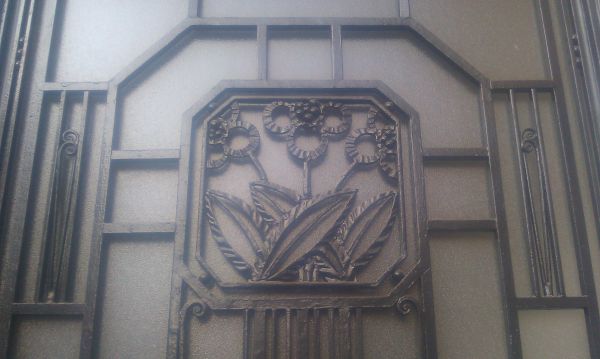
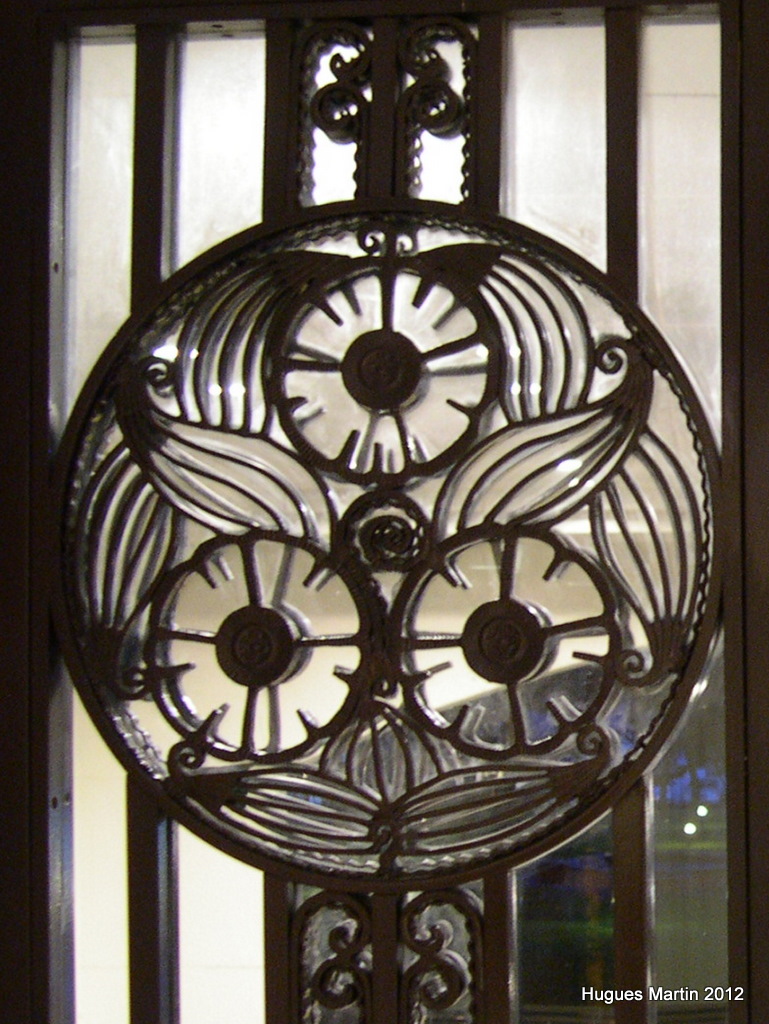
Lyon was fast developing in the early 20th century and was a pioneer or “avant-garde” city. One of the major Art Deco feature is known as the “Halle Tony Garnier”, the former slaughterhouse of Lyon that is now a major concert hall. This story also echoes Shanghai story of the former slaughterhouse being redeveloped into a creative center including a major event venue, i.e. 1933 in Hong Kou district. Tony Garnier also made other projects in the city, particularly the “Etats-Unis” (i.e. USA in French) district.
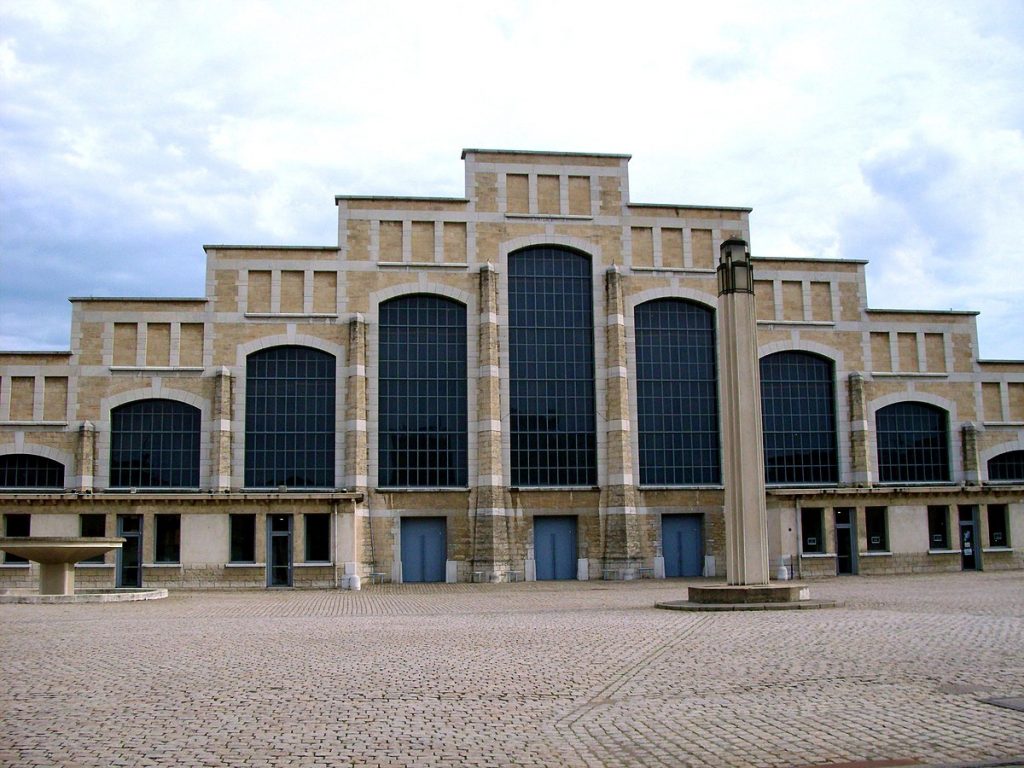
Another major feature of Art Deco style is Lyon close suburb of Villeurbanne. Built in the same period by architecte Morice Leroux, the city is famous for its double tower “gratte-ciel” i.e. skyscraper in French from 1934. It was one of the first of its kind in France, and also reminds me of the of Art Deco / Stream line design towers from Leonard & Vesseyre firm in Shanghai like The Dauphine on Jian Guo lu (see post “The return of the Dauphine“).
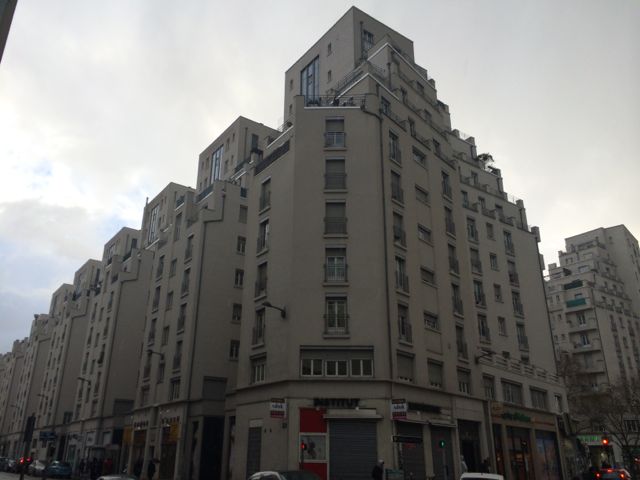
In a city with more than 2000 years of history, Art Deco buildings are not standing out as much as they would do in Shanghai or the USA and I needed research and luck to find them. I found an Art Deco building by random in medieval area of Saint-Jean (see picture on post Shanghai Flashback), but there are just so many more. Hopefully some effort will be made to attract the interest of Art Deco fans. Just like Shanghai in 2015, Lyon could be a great venue for the World Congress on Art Deco. (2022 update), Paris will host the World Congress on Art Deco in 2025, so Lyon will have to wait a bit. I took another trip to Lyon in 2022 with more pictures of Lyon 3rd district Art Deco.
